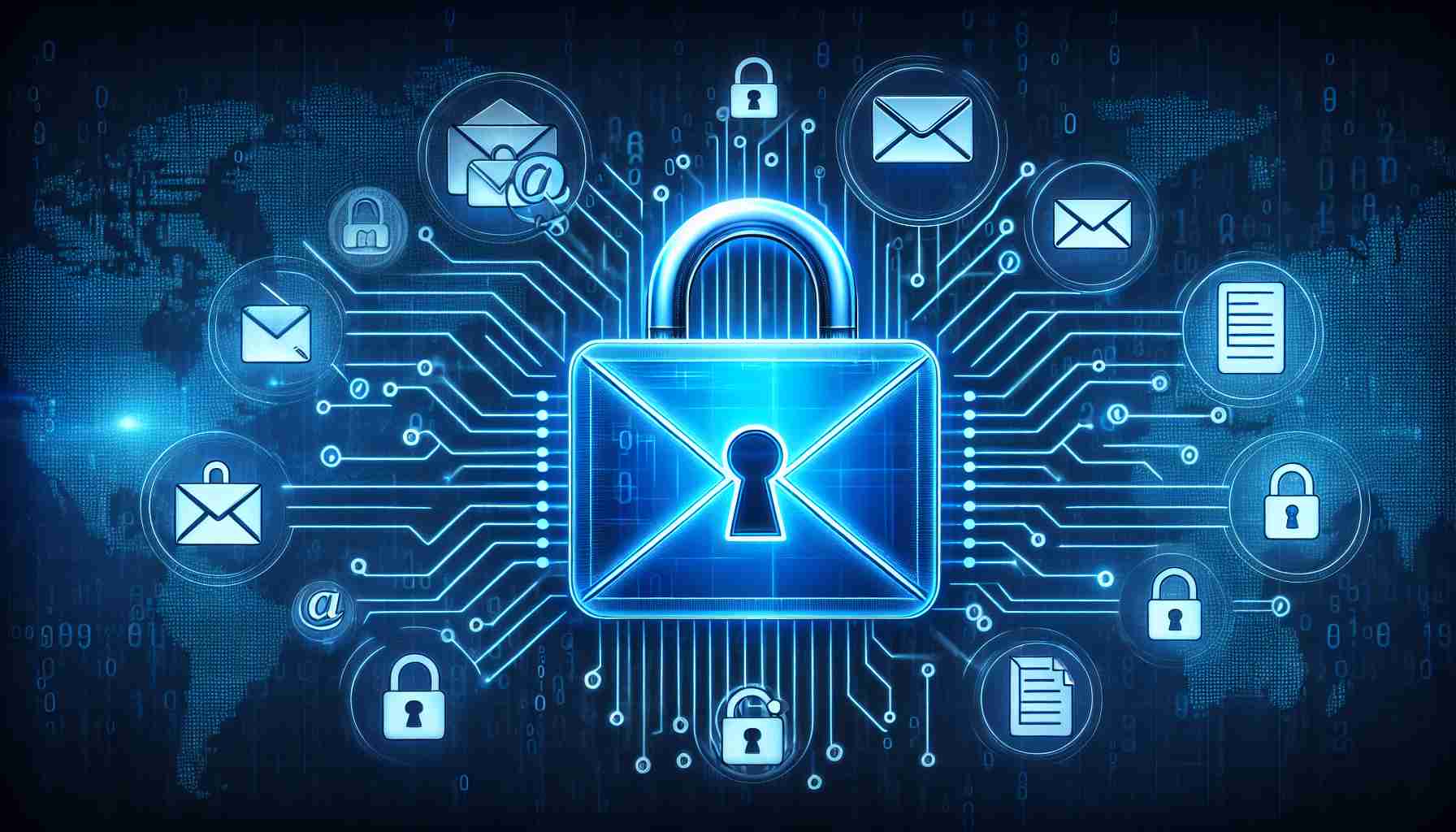Be on the lookout for suspicious emails
With the recent discovery of a loophole in Outlook’s security, it’s crucial for all users to remain vigilant against potential phishing attempts. Even though the bug has yet to be fixed, there are steps you can take to protect yourself while using the platform.
Avoid clicking on unfamiliar links
Security researcher Vsevolod Kokorin has emphasized the importance of exercising caution when opening emails and refraining from clicking on any links that may seem suspicious. By staying aware of any unexpected messages or attachments, you can reduce the risk of falling victim to malicious attacks.
Consider investing in antivirus software
One effective way to boost your online security is to invest in reliable antivirus software. These programs not only offer protection against various threats but also come with additional features like VPN services and password managers to enhance your overall safety while browsing the web.
By remaining proactive and implementing these safety measures, Outlook users can minimize the chances of their accounts being compromised by potential email spoofing incidents. Keep an eye out for further updates and security patches from Microsoft while taking the necessary precautions to safeguard your online communication.
Understanding the Threat of Email Spoofing and How to Safeguard Your Outlook Account
With the rise of cyber threats, email spoofing has become a significant concern for Outlook users. While the previous article provided valuable tips on protecting your account, there are additional facts that can help you stay one step ahead of potential attackers.
What is Email Spoofing and How Does it Work?
Email spoofing is a technique used by cybercriminals to fake the sender’s identity in an email. By manipulating the email header information, attackers can make it appear as though the message is coming from a trusted source, increasing the likelihood of the recipient falling for phishing scams or malware attacks.
Key Challenges and Controversies
One of the main challenges associated with email spoofing is the difficulty in distinguishing a spoofed email from a legitimate one. Without proper security measures in place, users may unknowingly interact with malicious messages, putting their sensitive information at risk. Additionally, there is ongoing debate around the effectiveness of existing email authentication protocols in preventing spoofing attacks.
Advantages and Disadvantages of Email Authentication
Implementing email authentication protocols such as SPF (Sender Policy Framework) and DKIM (DomainKeys Identified Mail) can help verify the legitimacy of incoming emails and reduce the chances of spoofing. However, these measures require proper configuration and maintenance, which can be challenging for less tech-savvy users. On the other hand, reliance solely on these protocols may not guarantee foolproof protection against sophisticated spoofing techniques.
To enhance your defense against email spoofing, it is essential to stay informed about the latest trends in cyber threats and continuously update your security practices. Regularly monitoring your account for suspicious activity and educating yourself on common phishing tactics can go a long way in safeguarding your Outlook account.
For more information on email security best practices and tools, visit Microsoft, the official website of Outlook’s parent company. Stay proactive in securing your online communication and take the necessary steps to protect your digital identity.
